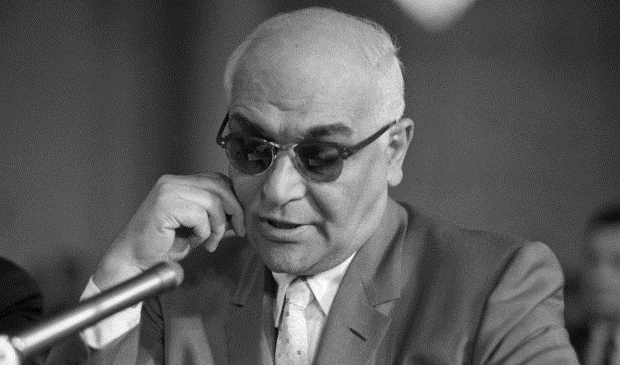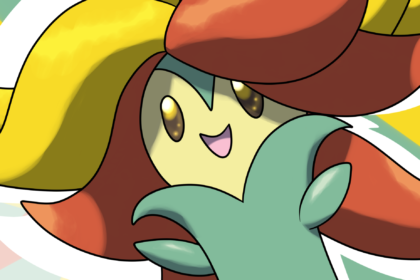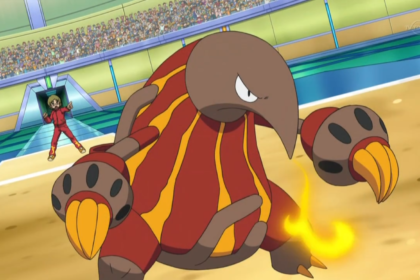Paul Ricca, nicknamed “The Waiter”, was a Chicago mobster who served as the nominal or de facto leader of the Chicago Outfit for 40 years. Take a look below for 25 more strange and bizarre facts about Paul Ricca.
1. Ricca was born in Naples, Italy, as Felice DeLucia.
2. By the age of 17, DeLucia was working for organized crime in Naples.
3. In 1915, he stabbed Emilio Parrillo to death on Mafia orders.
4. Ricca later claimed that he killed Parrillo for breaking an engagement to his sister.
5. After serving two years in an Italian prison, DeLucia then killed Vincenzo Capasso, who had testified against him in the Parrillo trial, by slitting his throat.
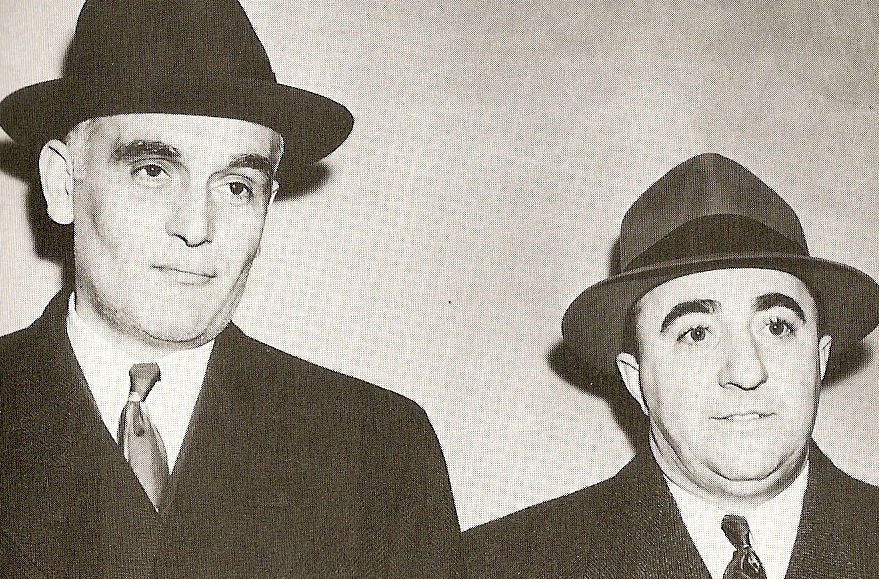
6. After killing Capasso, Ricca assumed the name Paolo Maglio and fled to the United States by way of Cuba.
7. On August 10, 1920, Ricca arrived in New York City and Americanized his name to Paul Ricca.
8. While in Cuba, Ricca had met Joseph “Diamond Joe” Esposito, a Chicago bootlegger and restaurant owner.
9. After Ricca arrived in New York, Esposito brought him to Chicago.
10. Esposito put Ricca to work smuggling whiskey from Cuba and moonshine liquor from Kentucky to Chicago.
11. Sensing Ricca’s potential, Esposito appointed him as maitre d’ at the Bella Napoli, Esposito’s Chicago restaurant.
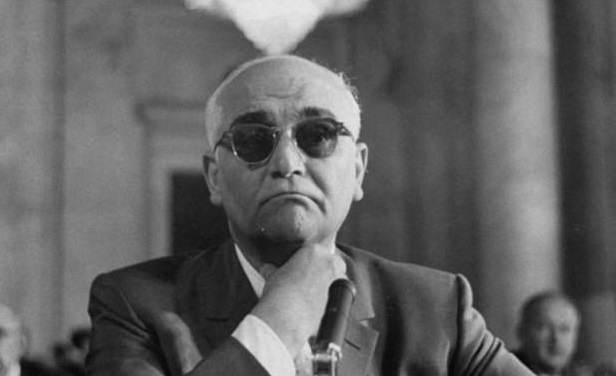
12. This job was the source of Ricca’s nickname “The Waiter.”
13. The Bella Napoli was popular with many Chicago gangsters, including the leader of the South Side Gang, the precursor to the Chicago Outfit, Al Capone.
14. Sharing several mutual friends among Neapolitan gangsters who had returned to Italy, Ricca soon gave up his restaurant job and joined the South Side Gang.
15. Ricca rose very quickly in the gang ranks, frequently serving as Capone’s emissary to the East Coast gangs. The two soon became good friends; in 1927, Capone served as the best man at Ricca’s wedding.
16. In 1929, Capone and Ricca attended the Atlantic City Conference in Atlantic City, New Jersey, the first meeting of all the major criminal gangs in the United States.
17. In 1930, Capone sent Ricca to New York City to serve as his emissary in peace talks aimed at ending the Castellammarese War between the New York Italian-American gangs.
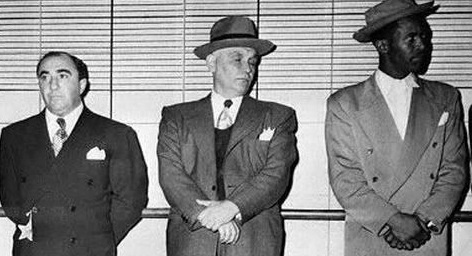
18. With the establishment of the National Crime Syndicate in 1931, Ricca’s prestige and visibility continued to rise.
19. In 1932, Capone was convicted of tax evasion and sent to federal prison. Capone’s nominal successor was Frank “The Enforcer” Nitti, with Ricca as underboss.
20. In the early 1940s, Nitti convinced Ricca and the rest of the Outfit leadership to participate in a labor racketeering and extortion scheme aimed at the movie studios in Los Angeles, California.
21. Ricca was fairly soft-spoken, but was as ruthless as any crime boss. Whenever he wanted someone killed, he said, “Make-a him go away.”
22. Crime historian Joe Sifakis described him as one of the most stereotypical gangsters ever produced by the Chicago Outfit.
23. In 1957, the federal government charged Ricca with illegally entering the United States under the alias “Paul Maglio.” Three years earlier, the government had located the real Paul Maglio in Chicago and now brought him to testify against Ricca.
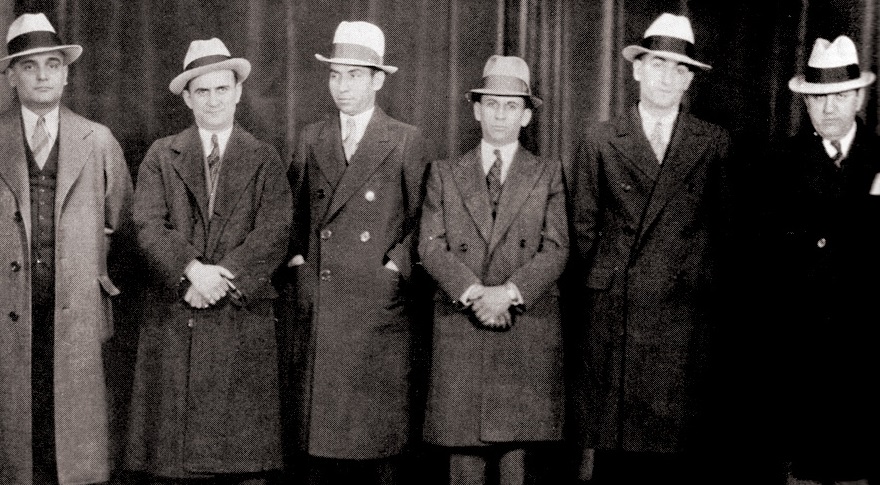
24. In 1959, Ricca was convicted of tax evasion and sentenced to nine years in federal prison. After serving 27 months of his sentence, Ricca was released.
25. Ricca died of a heart attack on October 11, 1972. He is buried at Queen of Heaven Cemetery in Hillside, Illinois.

